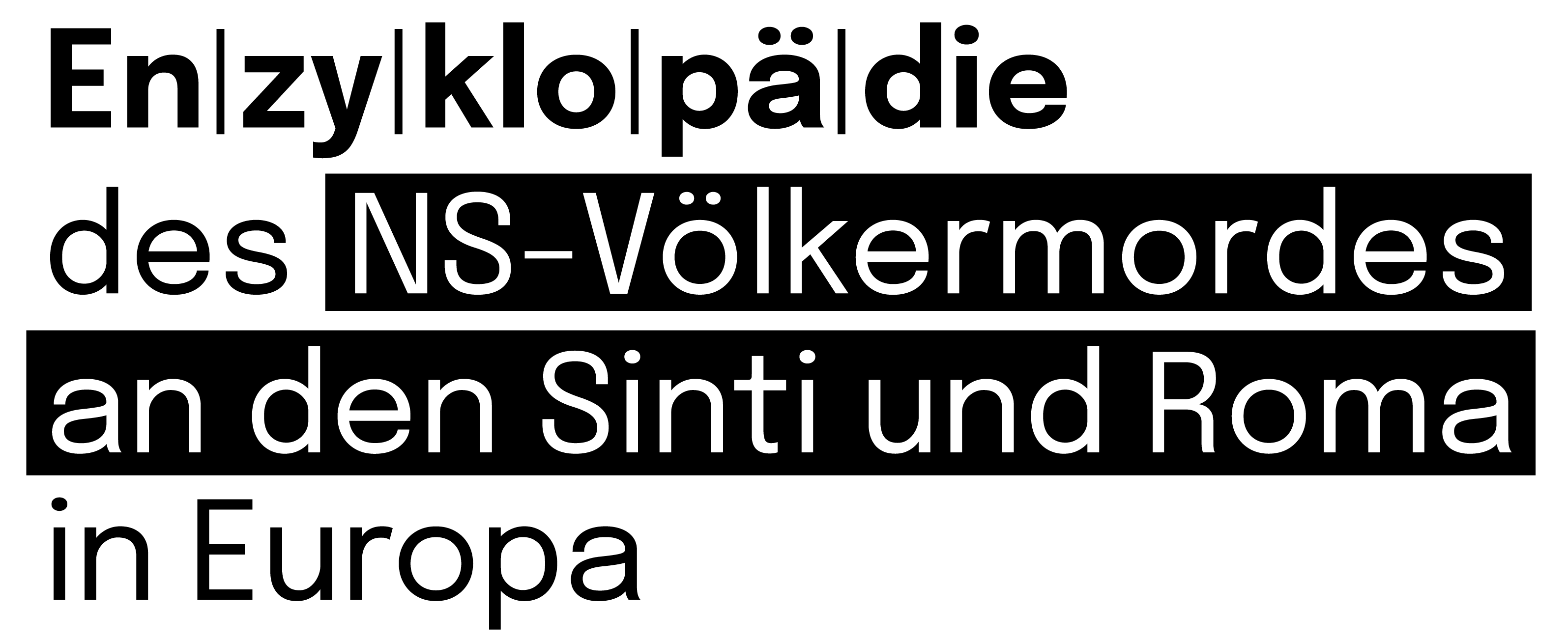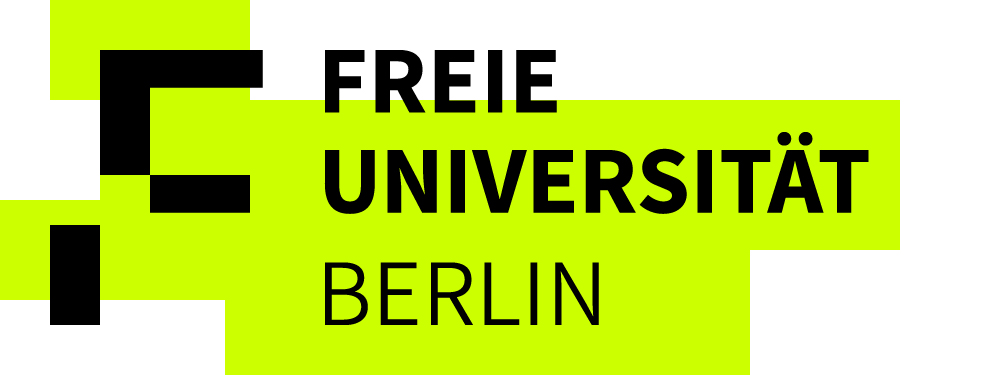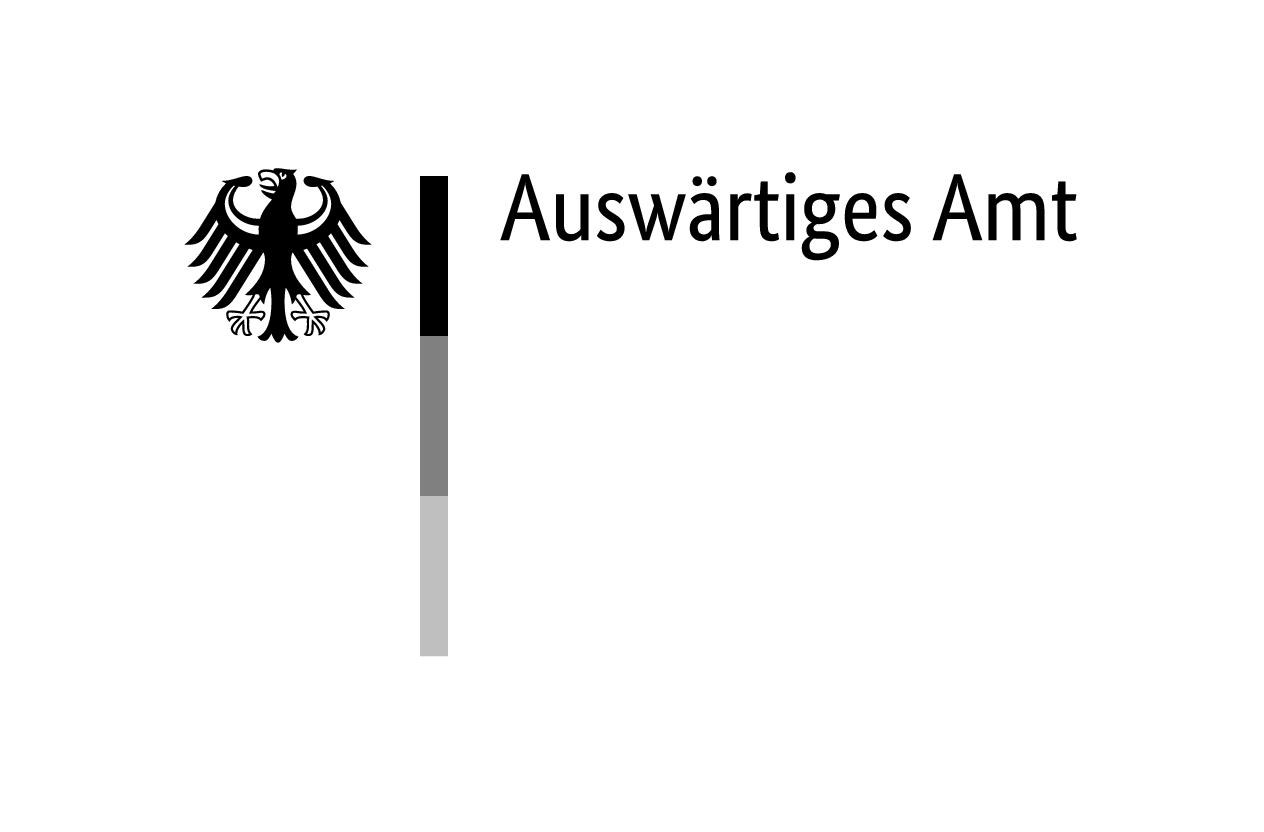Leskovac is a town in the Jablanica District in southern Serbia, near the city of Niš and the border with Kosovo. There are two separate historical Roma settlements in the city: Sat Mala [also Sat Mahala] on the western outskirts, at the foot of Hisar Hill, and Podvrce [also Podvorce] on the southern outskirts. In addition, Roma historically lived in the three adjacent villages Vinarce, Pečenjevce and Turekovac.
On 11 December 1941, in reprisal for the killing of three German soldiers by partisans in Leskovac, 310 ‘hostages’ were shot by Wehrmacht soldiers. 293 of the victims were Roma from Leskovac and surrounding villages.
Roma in Leskovac before the German Occupation
The first official mention of Roma in Leskovac dates from 1570, when the Ottoman census recorded 13 Roma households in the town; by 1710, their number had grown to 17. After the recognition of Serbia’s independence and the liberation of town from the Ottomans in 1878, 280 Roma were recorded in the census. After 1892, some of the Muslim Roma in Leskovac converted to the Orthodox faith.
In the interwar period, the town’s Roma were mostly employed as metalworkers, hemp weavers, horse traders, and musicians. At that time there emerged the first organisational initiatives and an awakening of national consciousness among the Roma. In 1926, the first football club of the local Muslim Roma community was founded, named ‘Polumesec‘ [Half-moon] (later renamed ‘Veternica’ [after the local river]). It still exists today. In 1938, Muslim Roma founded a local Cultural Society. According to the 1931 census, 1,882 Roma lived in Leskovac, of whom 1,849 were registered as Muslims.1Kurtić, “Fragmenti iz Istorije,” 119–120; Publikationsstelle Wien, Die Gliederung, 328.
Leskovac under German Occupation
Following the Axis powers’ attack on Yugoslavia in April 1941, the German District Command 867 was established in Leskovac, subordinate to the Field Command 809 in Niš. From autumn 1941, a unit of the Security Police (Sipo) and Security Service (SD) was stationed there, as well as an Infantry Regiment of the allied Bulgarian forces which guarded railway lines and associated facilities; later on, from 1942, Bulgarian units took also part in anti-partisan operations.
Apart from the usual Serbian collaborating forces—the local branch of the Special Police, Gendarmerie, Serbian Volunteer Corps (Ljotićevci) and members of the town’s administrative apparatus—Chetniks were also active in the region, first the ones led by Kosta Pećanac (1879–1944), and later also those led by Dragoljub ‘Draža’ Mihailović (1893–1946).
1,500 ‘Gypsies’ were recorded in Leskovac in the operation that the German occupying authorities conducted in June 1941 to register the town’s Jews and Roma and issue them with yellow armbands.2“Priraštaj stanovništva u Leskovcu,” 4. In oral history interviews conducted by American activist Paul Polansky (1942–2021) in the early 2000s, Roma survivors from Leskovac described their experiences under German occupation, including the wearing of yellow armbands, strict curfews and how Roma musicians were banned from performing in public or practising other occupations. Many of them had to carry out forced labour throughout the period of occupation, including the clearing of rubble after the Allied bombings in 1944. Romani women frequently suffered sexual harassment and rape by German soldiers and local gendarmes. Dozens of Roma joined partisan units, although they were sometimes mistrusted and expelled. Others found ways to survive by hiding with the help of local peasants or by disguising themselves as women to avoid detention.3Polansky, One Blood, vol. II, 143–218.
The Reprisal Shootings of 11 December 1941
On 3 December 1941, parts of the German 717th Infantry Division, along with volunteer and Chetnik detachments, started a major offensive against the partisan forces of Pusta Reka and Jablanica. In the course of the offensive, a German commander was killed in a fight with partisans close to the village of Lebane. On the same day, two agents of the partisans were discovered in a barbershop in Leskovac, whereupon a shootout began in which the two agents and two Wehrmacht soldiers were killed.
On 4 December, the German authorities ordered the arrest of civilians to be shot in reprisal in the town of Leskovac itself. With the help of soldiers from the Serbian State Guard [Srpska Državna Straža, S.D.S.], Wehrmacht soldiers arrested more than 500 civilians. According to witness testimonies, the Serbian city administration appealed to the District Command to release the non-Roma ‘hostages’. The appeal was successful and a great number of non-Roma ‘hostages’ were released the following days.4AJ, 110–582, p. 37, statement of Stevan Cekić, former head of the city police in Leskovac, before the military court of Leskovac, 20 February 1945; ibid., pp. 33–33 verso, testimony of the tailor Čeda M. Todorović before the State Commission, 22 February 1945. With regard to the credibility of the two witnesses, it is important to mention that at the time of their testimony, both men were facing proceedings before the Yugoslav military court. This could affect the truthfulness of their statements insofar as they might have hoped to improve their situation by implicating other responsible parties. However, Kadira Idić also mentioned in her testimony that she had heard about such a prisoner exchange taking place; ibid., pp. 20–20 verso, testimony of Kadira Idić before the State Commission, 22 February 1945.
That same night, as had happened two months earlier in Belgrade and Kragujevac, Wehrmacht and S.D.S soldiers, supported by members of the local police, sealed off the Leskovac neighbourhoods Sat Mala and Podvrce and rounded up male Roma under the pretext that they were being taken for labour service to unload goods. On 9 December, male Roma from the villages Vinarce and Pečenjevce were picked up and imprisoned.
The Yugoslav historiography offers an account of the events which does not mention the exchange of ‘hostages’. According to this, 120 Roma from the Leskovac neighbourhoods were arrested on 5 December. In an effort to calm the situation, two Roma detainees are said to have been released with the promise that the others would also be freed in the coming days. On 9 December, agents of the S.D.S, together with Wehrmacht soldiers, arrested more Roma men to be shot in reprisal.5Rakić, Teror i zločini, 51; ibid., “Masovna streljanja,” 66.
Madža Kurtić (born around 1900) from Vinarce, whose husband, son and son-in-law were arrested and later shot, recalls the events as follows: ‘On 9 December 1941, the head of the Vinarce municipality Vlajko, called “Bela”, and the elder [kmet] of the village of Vinarce Dragi, called “Moša”, […] personally went around the village of Vinarce, entered the Gypsy houses and called the Gypsies to come and do “kuluk” [forced labour] to repair the bridge on the road to Lebane. They also came to our house, and they took my late husband Jaško Kurtić (around 1896–1941) out of the house, as well as my son, the late Rama Kurtić (around 1924–1941), and my late son-in-law Zajim Ajdarević (around 1921–1941). They […] were brought to Leskovac and handed over to the German District Command and arrested.’6AJ, 110–582, p. 27 verso, testimony of Madža Kurtić before the State Commission, 22 February 1945. All ‘hostages’ were then taken either to the police prison or to the Cvijić primary school and held there.
Kadira Idić (born around 1920), wife of Saćo Idić (unknown–1941), who was among the victims of the reprisal shooting, recounts the dire circumstances the ‘hostages’ were in: ‘My husband and the others were imprisoned for a week in the Cvijić primary school, and I brought my husband food up until the day of the shooting, on which they forbade us to bring them food, and for the entire time they were imprisoned, which lasted for a week, the Germans forbade them [the prisoners] to be given water. During all the time when we were bringing food to the prisoners, the German soldiers did not let us come close and when we tried to give them water, they chased us and hit us with the butts of their guns […]’.7Ibid., pp. 20–20 verso, testimony of Kadira Idić before the State Commission, 22 February 1945.
According to a report of February 1945 by the local branch of the State Commission for Determining the Crimes of the Occupiers and their Collaborators, the Germans transported the ‘hostages’ to the foot of Hisar Hill on the outskirts of town on 11 December 1941, starting at six o’clock in the morning and continuing until four o’clock in the afternoon; the prisoners were carried on trucks in groups of twenty, with their hands tied. From there, the Germans forced them to walk over the hill along a path leading to an orchard in a valley called Arapova Dolina. There they lined them up in front of a number of pits, shot them, and buried them in the pits.8Ibid., p. 13, report on German war crimes in Leskovac by the local branch of the State Commission, 26 February 1945.
As reported in a document prepared by the local police headquarters and sent to the Ministry of the Interior four days after the shooting, 293 Roma were killed that day, along with eleven Serbs and six Jews. 216 of the Roma were from the town of Leskovac, 63 from the village of Vinarce and 14 from the village of Pečenjevce. All the names of the victims are known from a list compiled by the perpetrators after the crime.9Ibid., p. 14, report of the Leskovac police headquarters to the Serbian Ministry of Interior about the mass shooting of 11 December 1941, 15 December 1941. However, survivors and descendants of victims mention a higher number of murdered Roma and say that the names of several victims are missing from the lists compiled in 1941.10E.g. Tane Bakić and Mika Becirović in Polansky, One Blood, vol. II, 178, 216. After the war, the bodies of the victims were not exhumed, but the State Commission noted that nine large mass graves were still visible, side by side, each about seven meters long and 2.5 meters wide.
Remembrance
On 11 December 1973, the 42nd anniversary of the Leskovac massacre, a monument to the murdered Roma and other victims was inaugurated at the site of the mass execution in Arapova Dolina; it was initiated and designed by the Yugoslav architect Bogdan Bogdanović (1922–2010), who had already designed the Jasenovac Memorial in 1966. The monument is made up of fifteen stone blocks of three different sizes on the surface of which stylised tears are engraved to symbolise the mourning and loss at the site.
Next to the blocks there are two commemorative stones inscribed as follows: ‘Here German fascists executed 500 patriots, including 320 Roma, on 11 December 1941’ [Ovde su nemački fašisti streljali 500 rodoljuba, među kojima 320 Roma, 11 decembra 1941. godine] and ‘Bird, fly over us and sparkle in the flames. You’re dreaming a dream in our stone’ [Preleti nas ptico i blistaj u plamenu. Ti si usnula san u našem kamenu]. The list of names of 310 victims, 293 of them Roma, was only discovered in 1981, and this explains the difference between the numbers on the memorial and the confirmed number of victims.
The monument is located above the mass graves whose dimensions are still visible today. It is set within a commemorative garden with a ceremonial pathway leading up to it. The pathway has been diverted to pass three private headstones erected at a later date to commemorate individuals and families executed at the site.
The monument is very important as it probably represents one of the first forms of monumental commemoration dedicated to Roma in Yugoslavia and Europe. Every 11 December, memorial events are organised on the site, in which state and municipal representatives participate alongside local Roma communities.




